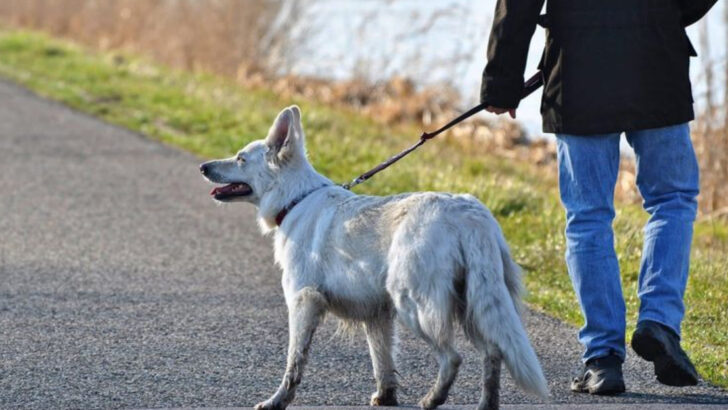Walking your dog should be relaxing—not a full-body workout! But if your pup drags you down the street like a sled dog in training, you know the struggle is real.
Leash pulling isn’t just frustrating—it can turn every walk into a battle of strength and patience. Your dog isn’t trying to ruin your day; they’re just too eager to explore the world at full speed. The good news? You can teach them better leash manners without turning walks into a tug-of-war.
With the right techniques (and a little consistency), your dog will learn to stroll by your side like a pro. No more sore arms, no more frustration—just peaceful, enjoyable walks.
Ready to take control? Here are seven expert-approved ways to stop leash pulling and turn every walk into a pleasant adventure for both you and your pup.
Use a No-Pull Harness
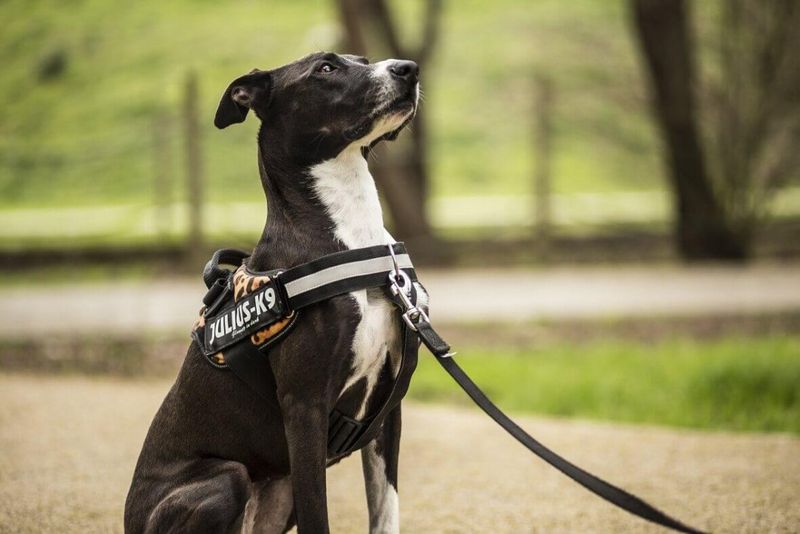
A no-pull harness is a straightforward and effective solution to discourage pulling. It distributes pressure evenly across your dog’s body, reducing strain on their neck. For many dogs, this immediate reduction in pressure leads to calmer walks.
Consider a harness that fits snugly but comfortably. Adjustability is key to ensuring it doesn’t rub or chafe.
While harnesses can be a great tool, they work best when combined with training. Guide your dog with gentle tugs and positive reinforcement to encourage good behavior.
Practice Loose-Leash Walking
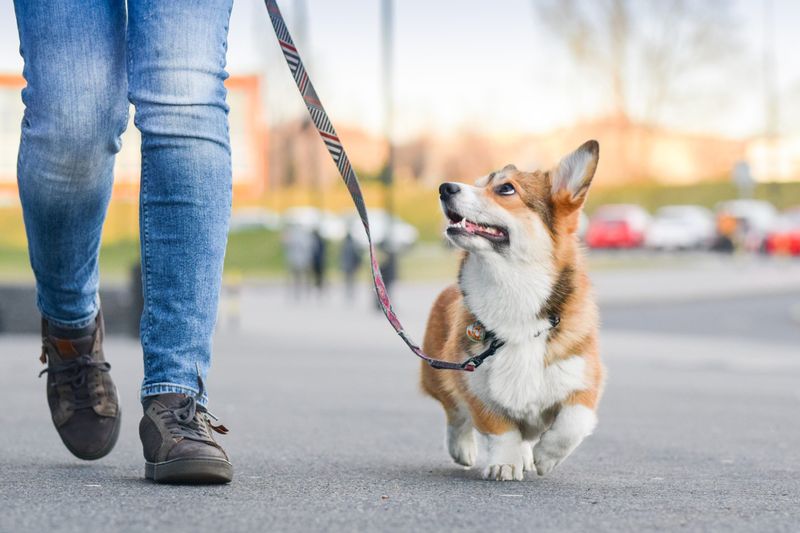
Loose-leash walking teaches dogs to maintain a relaxed pace without tension on the leash. Start in a distraction-free area to help your dog focus.
Reward them with treats for staying close and not pulling. Gradually increase distractions as they improve.
This technique requires patience and consistency, but it strengthens your bond and makes walks more peaceful. Remember, every dog learns at its own pace, so celebrate small victories often to keep motivation high.
Reward with Treats and Praise
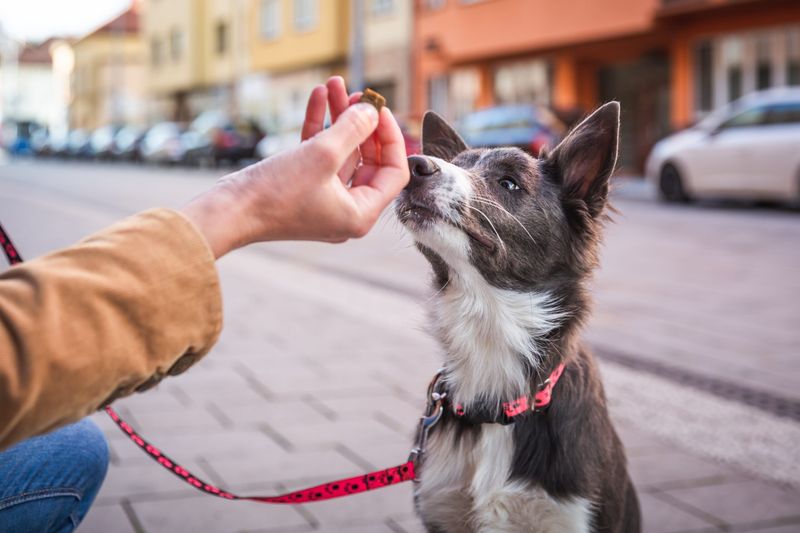
Positive reinforcement is a powerful tool in training. Keep treats handy during walks to reward your dog for staying by your side.
Use verbal praise to encourage them when they follow commands. Over time, they’ll associate proper leash behavior with positive outcomes.
Avoid relying solely on treats. Gradually reduce the frequency as your dog masters the skill, replacing them with affection or play. This balance ensures your dog remains engaged and responsive.
Teach the “Heel” Command
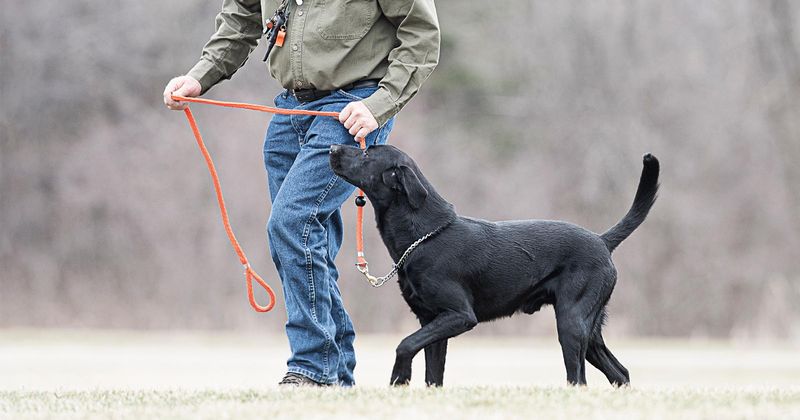
The ‘heel’ command is foundational for leash training. It instructs your dog to walk beside you without pulling.
Begin training in a quiet space, using treats to guide your dog into position. Practice short sessions to maintain enthusiasm.
Consistency is key, so integrate ‘heel’ into daily walks. Over time, your dog will understand the command, creating a more controlled walking experience. Patience and repetition are your allies in teaching this essential skill.
Change Directions Frequently
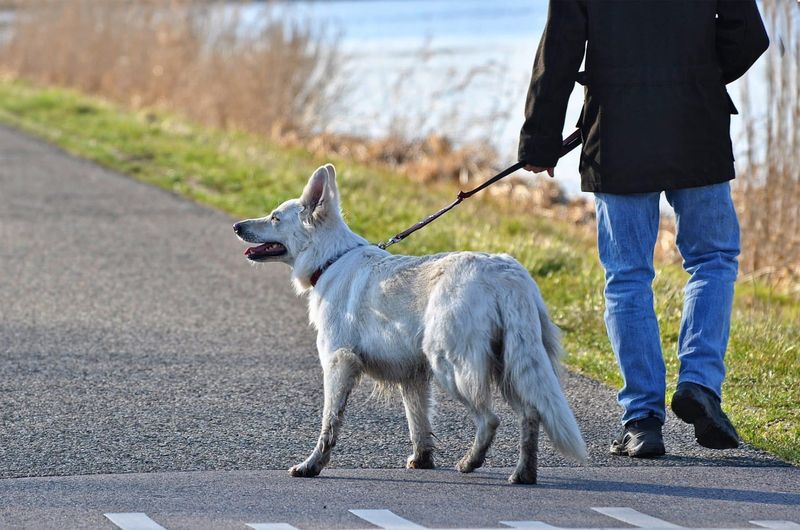
Changing directions keeps your dog attentive and responsive. When they start pulling, change direction abruptly. This unpredictable movement encourages them to focus on your lead.
Use this technique along with verbal cues to reinforce connection.
Frequent changes make walks more engaging for your dog and help break the habit of pulling. It’s a fun way to keep their attention and reinforce your role as the leader.
Incorporate Training Sessions
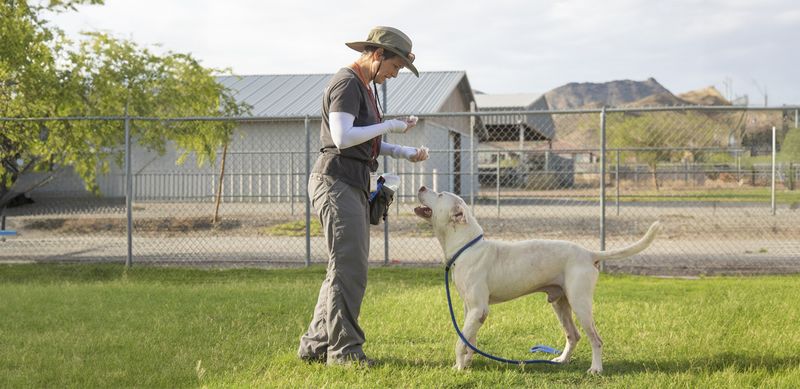
Regular training sessions improve your dog’s obedience and leash behavior. Short, focused sessions are more effective than occasional long ones.
Incorporate basic commands like ‘sit’ and ‘stay’ to build discipline. These skills translate to better leash manners.
Training in varied environments increases adaptability, ensuring your dog is well-behaved regardless of distractions. Consistent practice reinforces rules and expectations, making walks less stressful and more enjoyable for both of you.
Use the Right Leash Length
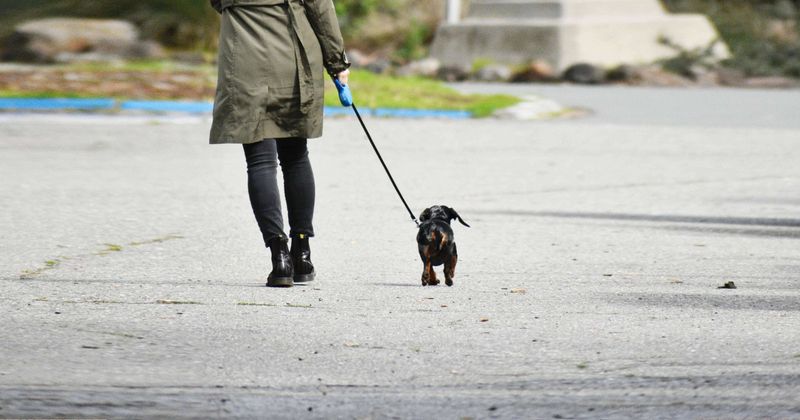
Leash length plays a significant role in controlling pulling behavior. A shorter leash provides better control and helps prevent your dog from getting too far ahead.
Opt for a leash that allows some freedom but not enough to pull.
Different activities may require different lengths, so be prepared to adjust as needed. Experiment to find the length that works best for you and your dog, keeping their comfort and safety in mind. A balanced leash helps maintain a smooth walking experience.

